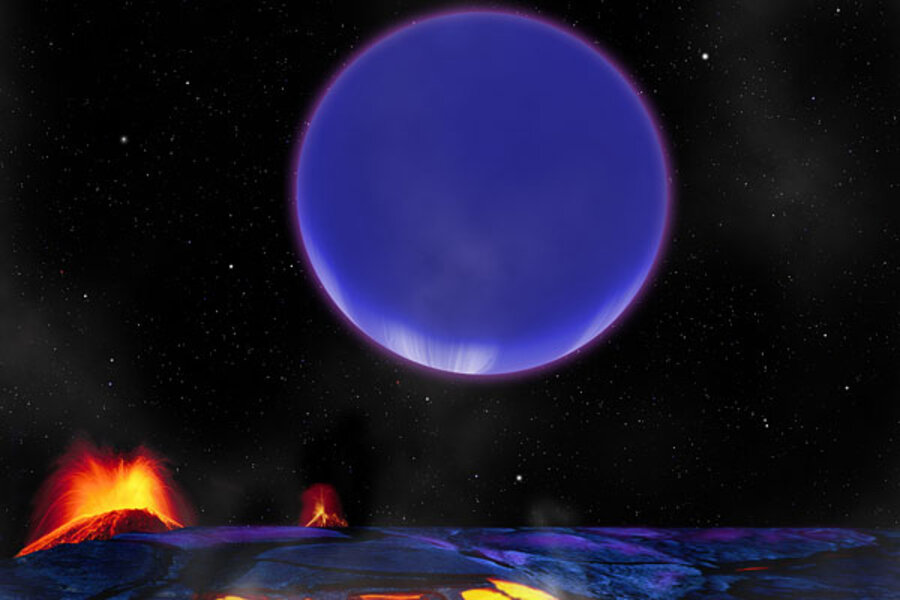On their own, Kepler-36b and 36c are nothing out of the ordinary. Together, they make for something astronomers have never seen before.
The orbits of the two planets are separated by only 1.2 million miles. Earth's closest planetary neighbor, by contrast, is Venus – 27 million miles away. While the moon is only 239,000 miles from Earth, Kepler-36b and 36c would look bigger in each other's skies than the full moon does in ours because they are so much larger than the moon.
It would be a remarkable sight. Kepler-36b is a rocky planet about 1.5 times the size of Earth, with about 30 percent of its mass coming from iron, making it 4.5 times more massive. Meanwhile, Kepler-36c is a so-called mini-Neptune – much larger and about eight times more massive, but with much of that mass coming from an atmosphere of hydrogen and helium.
They are very close to their star – with orbits of 13.8 and 16.2 Earth days, respectively – and pass within 1.2 million miles of each other every 97 days.
The discovery was announced in June 2012.






